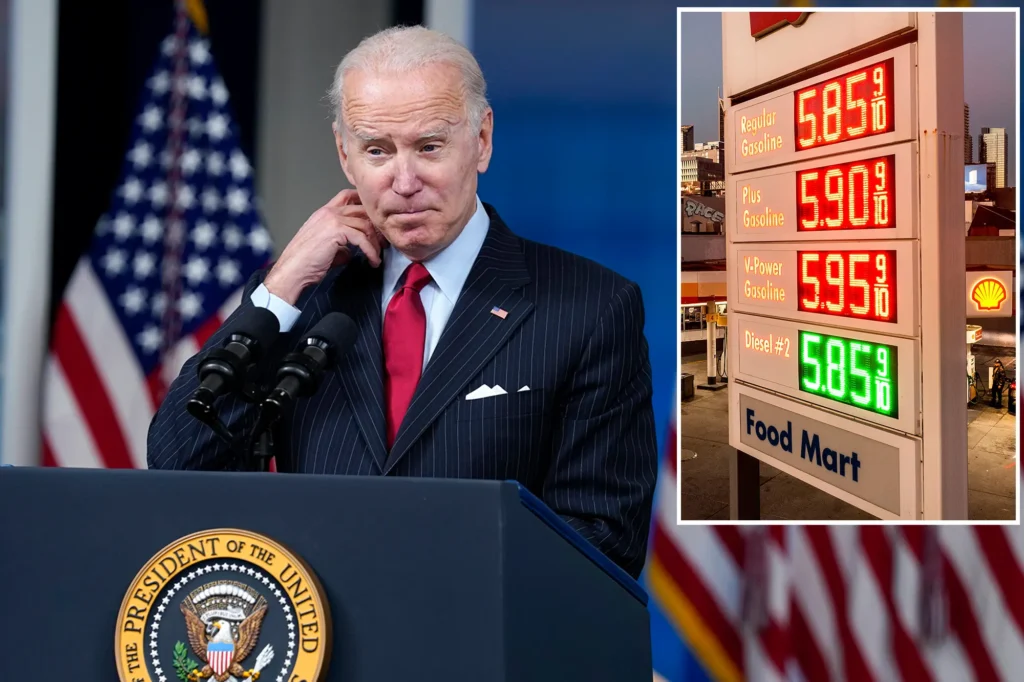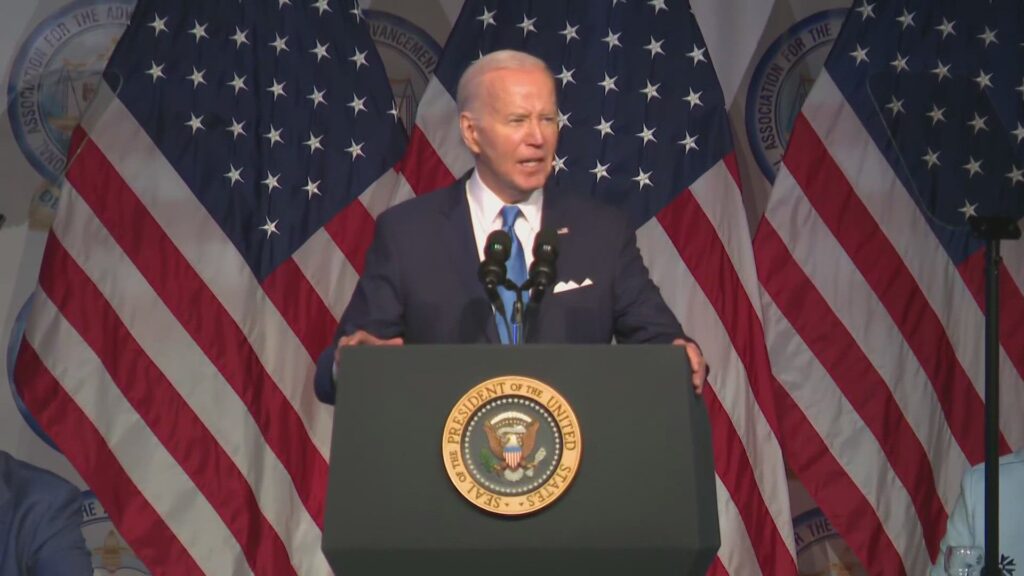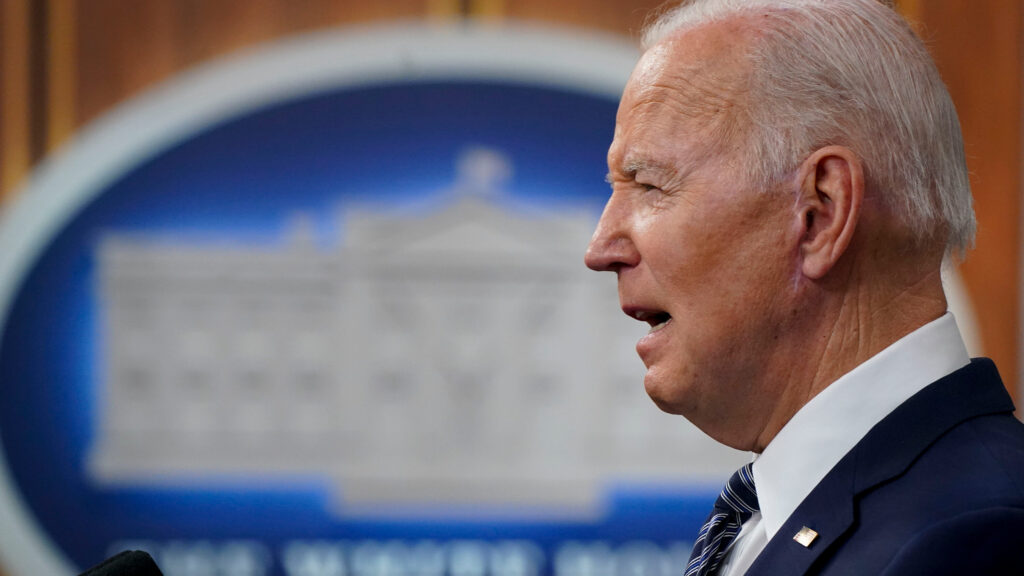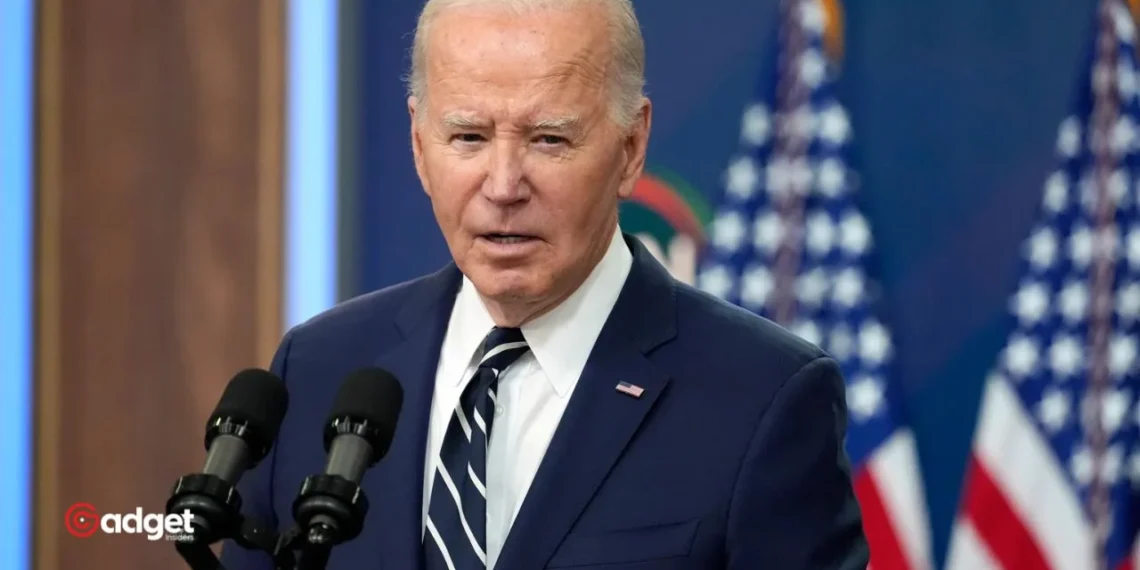As summer unfolds and roads become busier, the Biden administration has made a decisive move to mitigate rising gas prices by announcing the release of 1 million barrels of gasoline from a Northeast reserve. This initiative is aimed at providing relief at the pump during the peak travel season between Memorial Day and July 4th. The release will unfold in increments of 100,000 barrels weekly, aiming to bolster the nation’s fuel supply during this critical period.

Energy Secretary Jennifer Granholm emphasized the administration’s commitment, stating, “The Biden-Harris Administration is laser focused on lowering prices at the pump for American families.” This sentiment underlines a strategic push to ease financial pressures on American motorists during a time of heightened travel activity.
Skepticism from Experts and Limited Regional Impact
Despite these governmental efforts, experts remain skeptical about the significant impact of this release. Patrick de Haan, the head of petroleum analysis at GasBuddy, commented to ABC News, “This is not a needle-mover. It will not impact prices for the majority of Americans.”
The projected decrease in gas prices is modest, with an anticipated reduction of 5 to 15 cents per gallon, primarily benefiting drivers in the mid-Atlantic and Northeast regions. However, this slight decrease contrasts sharply with the broader national landscape where prices continue to climb.

Currently, the national average price for a gallon of unleaded regular gas stands at $3.61, marking a slight increase from the previous year, according to AAA. This uptick reflects the seasonal rise in fuel prices, which typically occurs in spring as travel demand increases and refineries transition to producing more expensive summer blends.
Strategic Petroleum Moves and Political Implications
The decision by Biden administration to tap into the Northeast Gasoline Supply Reserve, initially established in the wake of Superstorm Sandy, comes at a politically strategic time. This reserve was created to mitigate fuel shortages like those experienced when Sandy damaged refineries, leaving New York gas stations dry for up to 30 days. Interestingly, this move unfolds as Congress has called for the closure of the facility in a recent spending measure.
White House Press Secretary Karine Jean-Pierre outlined that this action is part of a broader effort by President Biden to lower energy costs for Americans, including historic releases from the Strategic Petroleum Reserve and significant investments in clean energy. Such measures are not only aimed at providing immediate relief but also at reinforcing the administration’s focus on sustainable energy solutions.

The release’s timing is also politically poignant. Rising gas prices have historically impacted the public’s perception of presidential effectiveness. A study published in the journal Political Psychology highlighted that each 10-cent increase in gas prices could lead to a significant dip in presidential approval ratings.
With record levels of U.S. oil production under his belt, Biden’s administration hopes to temper the adverse effects of price hikes on his approval ratings and re-election prospects.
Biden Releases Gasoline Reserves to Curb Prices
While the release of gasoline reserves represents a targeted attempt to curb rising prices, its impact may be too localized to shift national trends significantly. The administration’s focus remains on managing both the immediate economic impacts on American families and the longer-term goal of transitioning to more sustainable energy sources.
As the summer progresses, the effectiveness of this strategy in balancing economic, environmental, and political factors will become clearer, potentially setting a precedent for how energy resources are managed during peak demand seasons.


